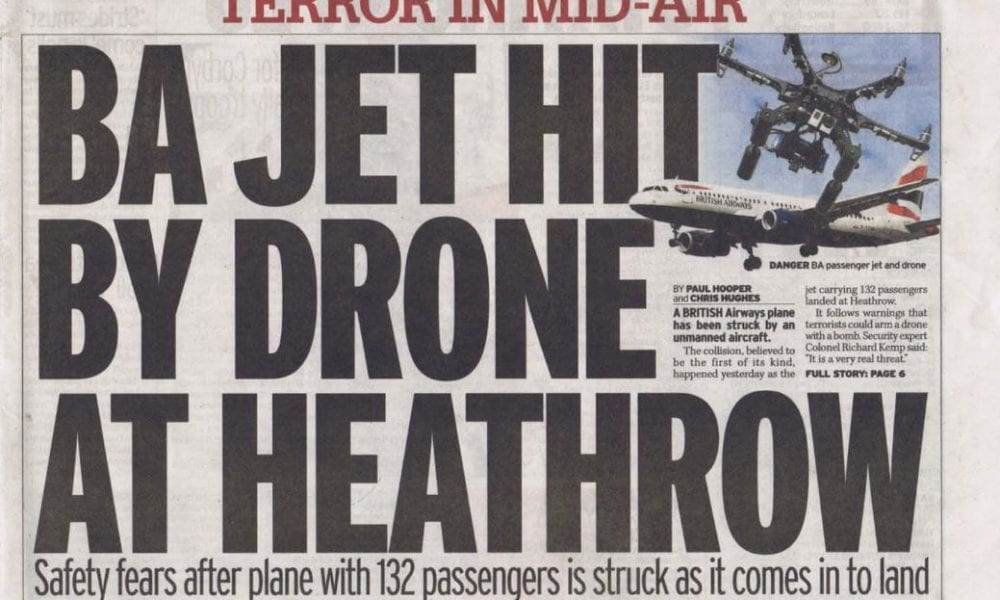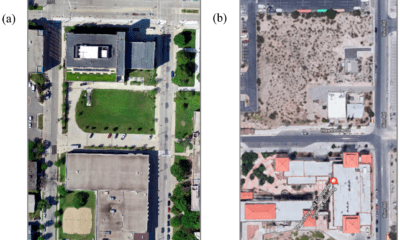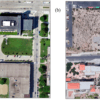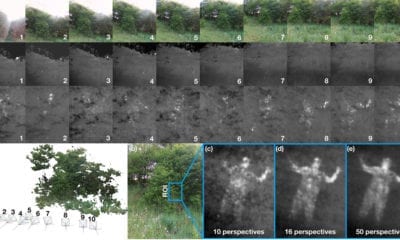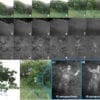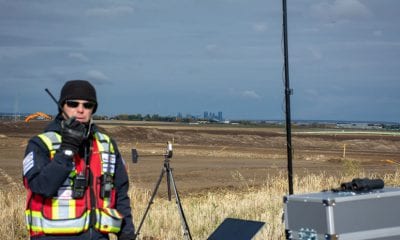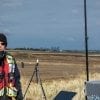
News
Drones: 3rd Generation Source of Remote Sensing Data
In the past, the most sophisticated technology and instruments for generating remotely sensed data from the earth was limited to pilot-flown aircraft and earth-orbiting satellites. In the 21st century, things have changed a lot, and unmanned aerial vehicles (UAVs) are taking all the glory in this field. An editorial in the International Journal of Remote Sensing, discusses drones as the 3rd generation source of remote sensing data.
It is safe to say that UAVs have opened up a lot of new possibilities in the field of data generation remotely – especially when it comes to addressing a particular problem that one has. Whether it’s spatial or temporal resolution, UAVs exceed and precisely address the questions of this resolution in the acquisition of data.
A Technological Advancement that Eliminates Many Risks
On top of this, drones or UAVs are a technological advancement that eliminates the human risk factor, even though many like to see it as a common hazard since everyone can access them.
Thanks to the spatial, spectral and temporal resolution and the lack of limitations that drones can address right now, everyone can easily acquire a drone at a cheap rate and determine where and when to fly it.
In times when people are wondering how did a technology like this rise so fast, drones have most certainly developed from the long-established hobby of flying model aircraft – and their popularity has suddenly taken off. As people continue to purchase drones and fly them around without any license or training, there might be some serious accidents soon.
This is why there are more and more concerns regarding the use of UAVs – and why legal frameworks are needed practically everywhere.
The Legal Situation Around Drones
When it comes to small drones used for scientific research or environmental monitoring, there must be some legislation relating the the operation of these drones and the enforcement of that legislation.
As one form of such legislation explains:
“All unmanned civilian aircraft, whether remotely piloted, fully autonomous or combinations thereof, are subject to the provisions of Article 8 of the Convention on International Civil Aviation (Doc 7300), signed in Chicago on 7 December 1944 and amended by the International Civil Aviation Organisation (ICAO) Assembly.”
As an agency of the United Nations, the ICAO is primarily concerned with aircrafts of one country which travel or overfly the territory of another country – which is why its provisions are largely irrelevant to the operators of small drones for scientific or environmental purposes over small areas.
The Main Responsibilities of the Drone Operator
The fact that there needs to be certain education for every drone operator goes a long way – especially for some countries where the use of drones is greater. More specifically, there must be registration of drones as well as licensing of ‘pilots’ of drones so that things can smoothen up and a lot fewer accidents happen in the future.
According to the Civil Aviation Safety Authority (CASA) of Australia
“The difference between RPA [remotely piloted aircraft, i.e. drones] and model aircraft is that RPA [drones] are used for commercial, government or research purposes and model aircraft are flown just for fun – for sport and recreation. In other words, we [the Australians] classify your unmanned aircraft by what you do with it.”
This view is also held among other countries, which is why commercial work is defined as commercial work, scientific research, environmental monitoring, crime detection etc. – or in other words where there is any form of payment or benefit as opposed to enjoying a hobby.
Conclusions
In the end, drones are definitely a big thing and a technology that has revolutionized methods of data acquisition and permitted new avenues of scientific research and environmental monitoring.
Even though slowly, the legislative situation is developing and evolving constantly – and to date has been difficult to enforce in practice. What everyone could agree, though, is that approved training, permissions to fly as well as appropriate drone registration should always be in the forefront of this new technology.
Citation: “Drones – the third generation source of remote sensing data,” Anita Simic Milas, Arthur P. Cracknell & Timothy A. Warner, Pages 7125-7137 | Published online: 19 Nov 2018, International Journal of Remote Sensing, Volume 39, 2018 – Issue 21, https://doi.org/10.1080/01431161.2018.1523832

